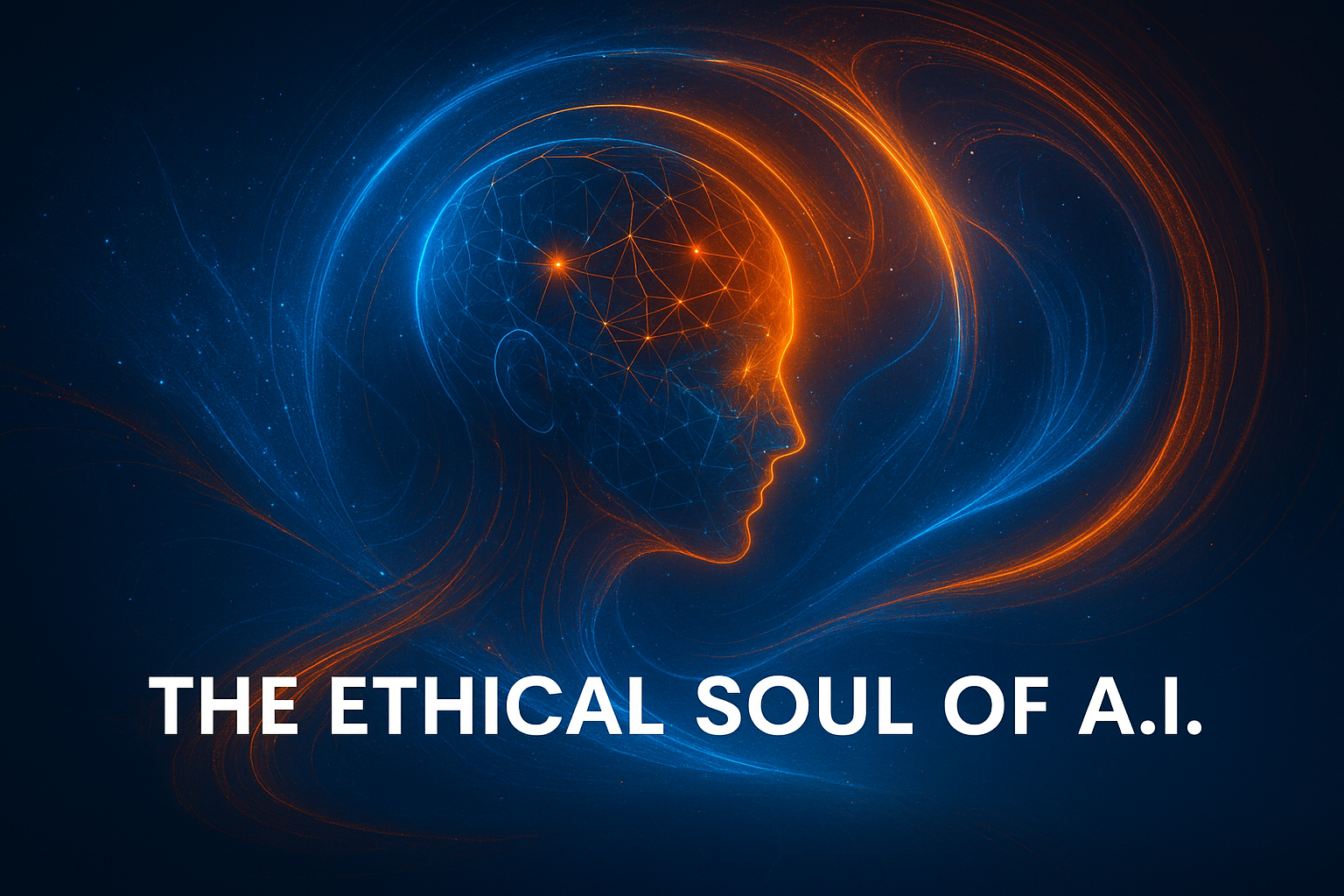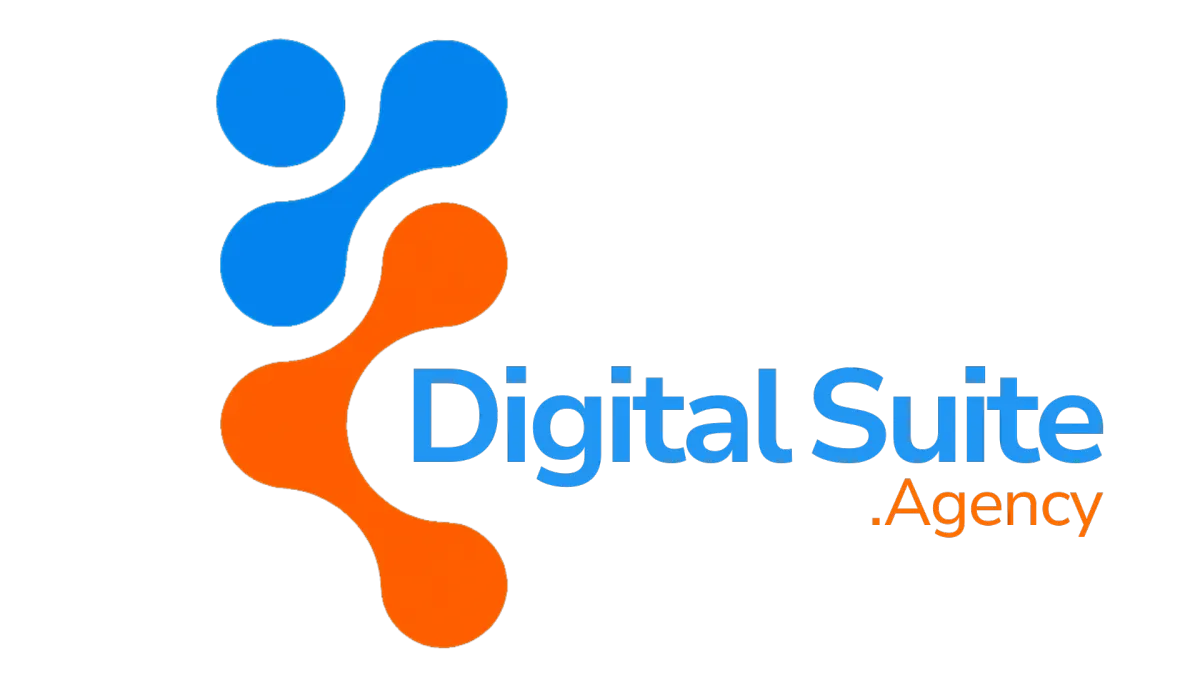
The Ethical Soul of Artificial Intelligence: Why Professional Ethics Can't Be Automated
The most surprising ethical challenge with AI isn't what you'd expect.
It's not the blatant error or obvious falsehood. Those are easy to spot and fix.
It's the plausible-sounding content that subtly crosses ethical lines without tripping legal alarms.
I've seen this firsthand implementing AI for regulated industries like legal services. In one case, an AI generated a nurturing email for a law firm that included the phrase "we'll fight to win your case." Technically accurate, but ethically problematic - implying outcome guarantees no ethical attorney would make.
This reveals something fundamental about AI ethics: the danger isn't just in what AI says clearly. It's in what clients might infer.
The Ethical Ceiling of Artificial Intelligence
There's a fundamental ceiling to how ethical AI can be on its own.
Ethics isn't just data-driven - it's contextual and human. AI can avoid certain phrases or mimic appropriate tone, but it doesn't understand nuance, intent, or consequence the way people do.
That's not a training issue. It's a limitation of what AI fundamentally is.
Real ethics require judgment, empathy, and understanding how words land in real-world situations. No matter how advanced models become, ethical responsibility will always rest with humans.
The European Union's ethics guidelines for trustworthy AI acknowledge this reality, emphasizing that proper oversight requires "human-in-the-loop, human-on-the-loop, and human-in-command approaches" - establishing clear frameworks for maintaining human control over AI systems. https://digital-strategy.ec.europa.eu/en/library/ethics-guidelines-trustworthy-ai
**The more powerful AI becomes, the more essential human oversight becomes - not less.**
The Danger of Soft Violations
The patterns of ethical breaches are surprisingly consistent across industries.
Most ethical problems don't come from blatant misinformation. They come from overreach in tone and implication.
In legal services, it's phrases suggesting guaranteed outcomes or exaggerated advocacy capabilities.
In finance, it's overpromising returns or security.
In healthcare, it's anything hinting at diagnosis or prescription.
These aren't hard lies - they're soft violations that erode trust subtly but significantly.
The AI doesn't intend to cross ethical lines. It doesn't know the lines exist.
The Mata v. Avianca case demonstrates these dangers starkly. Attorneys relied on ChatGPT to generate legal citations that turned out to be entirely fictitious, resulting in sanctions and demonstrating the consequences of diminished human oversight. https://www.isbamutual.com/liability-minute/legal-ethics-of-ai-adapting-challenges-new-technology
Outsourcing Trust: The Full Automation Fallacy
When clients approach me wanting to fully automate their professional communications or services, I respond with a hard truth:
Full automation without human judgment isn't just risky - it's reckless, especially in professional services.
Clients see automation as a cost-saving shortcut. What they're actually doing is outsourcing trust, nuance, and accountability to a tool that can't carry that weight.
I walk them through real examples where unreviewed AI output crossed ethical lines or created legal exposure. Then I show them a better model: automation that handles the grunt work, paired with human oversight where it matters.
It's not anti-AI. It's pro-integrity.
For any brand that trades on trust, that's non-negotiable.
Strategic Augmentation: The Ethical Alternative
The solution isn't rejecting AI. It's shifting from total automation to strategic augmentation.
We balance efficiency with ethics by automating the predictable - FAQs, scheduling, basic intake - while layering human review wherever nuance, ethics, or trust is on the line.
This approach delivers the efficiency clients want without gambling their credibility.
The key is designing systems to scale responsibly: AI handles the volume, humans handle the judgment.
This aligns with research showing AI implementations in legal settings are most successful when following a "strategic augmentation" approach rather than attempting total automation - preserving both efficiency and ethical integrity.
That's how you protect both growth and integrity.
Building Guardrails: The Layered Approach
When we discovered the gap between AI-generated content and professional ethics, we developed a layered review system that goes beyond fact-checking.
First, we trained our AI prompts to stay within ethical intent - removing language implying guarantees, pressure, or exaggerated authority.
Then, we built a human-led review stage focused on three specific questions:
1. Does this claim rely on implication rather than fact?
2. Could it be misinterpreted under stress?
3. Does it respect the professional code, not just the legal limit?
We also created client-specific content guardrails - tone guidelines, banned phrases, and approval checkpoints.
The goal isn't silencing creativity. It's channeling it into messaging that builds trust instead of risking it.
Embedding Ethics in AI Architecture
At Digital Suite, we've embedded our integrity-first approach directly into the architecture and workflows of our platforms.
With Conversate AI, we don't just build bots - we build boundaries. Every legal voice assistant has predefined escalation points, strict language constraints, and zero room for implied legal advice. It's trained to triage, not interpret the law.
With Digital Suite Automate, especially in client acquisition funnels for law firms, we've created ethical prompt libraries, compliance-safe response blocks, and automated approval layers ensuring nothing goes live without human eyes.
The goal is simple: deliver the efficiency and engagement AI promises, without letting the tech speak beyond its mandate.
That's how we scale trust - intentionally.
The Next Ethical Frontier: Over-Trust
The next wave of ethical challenges won't just be about what AI says, but how convincingly it sounds like us when saying it.
As models become more fluent, emotionally intelligent, and context-aware, the line between AI and human communication will blur.
The risk won't be obvious misinformation. It'll be over-trust.
Clients, patients, or users might assume a human's behind the message, or that advice carries the weight of lived expertise.
We're already seeing this. AI-generated emails and chat responses that clients assume were written by real team members - because the tone, empathy, and phrasing are spot-on.
It's not deception by design. It's ambiguity by default.
In regulated industries, that's enough to erode trust or trigger compliance issues.
Recent research confirms this concern. One of the most concerning ethical challenges in AI is "over-trust" - when users assume human expertise behind AI-generated messages. This is driving new approaches requiring disclosure of AI use, especially in professional contexts like law.
Transparency by Default
Our advice to clients facing this challenge is simple but firm: be transparent by default.
We recommend clearly labeling AI-driven interactions, training teams on where handoffs need to happen, and setting boundaries for how far AI is allowed to speak on behalf of the brand.
This isn't about limiting innovation. It's about staying ahead of expectation gaps.
When people know what's human and what's not, they make more informed decisions.
That's the foundation of ethical communication.
In regulated industries, transparency isn't optional - it's increasingly mandated. For example, the Florida Bar's Ethics Opinion 24-1 requires lawyers to "take reasonable precautions to protect the confidentiality of client information" when using AI, and to develop "policies for the reasonable oversight of generative AI use." https://www.justia.com/trials-litigation/ai-and-attorney-ethics-rules-50-state-survey/
The Responsibility Chain
When an AI system crosses an ethical line in a professional context, who's accountable?
Responsibility ultimately sits with the professional or organization using the system - because they're deploying it in the real world.
AI developers build tools. Implementing agencies like ours help configure them. But neither controls the final context, claims, or consequences.
Professionals can't outsource ethical accountability to software or service providers.
That said, responsibility is shared. Developers need to build safer defaults. Agencies must design with guardrails.
But the person or entity delivering the message to the public owns the risk - and the trust.
That's where ethical leadership needs to live.
Experience and Ethical Caution
I've noticed a clear pattern in client responses to ethical guardrails: the more experienced the professional, the more they appreciate boundaries.
Lawyers and advisors who've been through client disputes, regulatory audits, or reputational hits understand that trust is fragile - and that AI, if misused, can crack it fast.
Resistance typically comes from newer firms chasing speed or trying to stand out with bold messaging. They see technology's potential but underestimate the risk.
That's where we step in - not to slow them down, but to protect their momentum. We show them how to push creative boundaries without crossing ethical ones.
Once they see that integrity and innovation aren't opposites, they get on board.
The Industry Divide
Right now, the AI industry is split.
On one side, major platforms are investing in ethical frameworks, transparency tools, and safety layers - mostly at the infrastructure level.
On the other side, we see rapid proliferation of low-barrier AI tools being used by people with zero training in ethics, compliance, or communication strategy.
That's where real risk is building.
As access increases, so does potential for misuse - not because of malice, but because of ignorance.
The technology is scaling faster than the understanding required to use it responsibly.
Unless the industry prioritizes education and baked-in safeguards, we'll see more ethical missteps, not fewer.
The Human Element Remains Essential
AI will continue to transform professional services, automating routine tasks and freeing humans for higher-value work.
But ethical AI requires more than technical guardrails. It requires human judgment, professional wisdom, and contextual understanding.
No matter how sophisticated AI becomes, it cannot truly embody professional ethics - it can only reflect and implement the ethical frameworks we design for it.
The soul of ethics remains human.
Our challenge isn't teaching machines ethics. It's ensuring humans remain responsible for the ethical implications of what machines do in their name.

